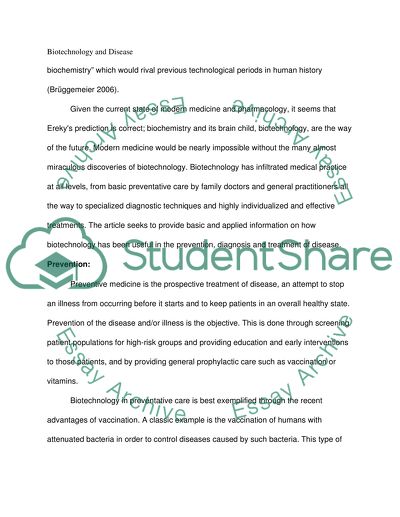Cite this document
(“Biotechnology in healthcare Essay Example | Topics and Well Written Essays - 2000 words”, n.d.)
Retrieved from https://studentshare.org/environmental-studies/1417502-biotechnology-in-healthcare
Retrieved from https://studentshare.org/environmental-studies/1417502-biotechnology-in-healthcare
(Biotechnology in Healthcare Essay Example | Topics and Well Written Essays - 2000 Words)
https://studentshare.org/environmental-studies/1417502-biotechnology-in-healthcare.
https://studentshare.org/environmental-studies/1417502-biotechnology-in-healthcare.
“Biotechnology in Healthcare Essay Example | Topics and Well Written Essays - 2000 Words”, n.d. https://studentshare.org/environmental-studies/1417502-biotechnology-in-healthcare.


